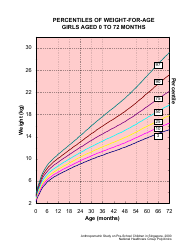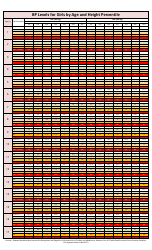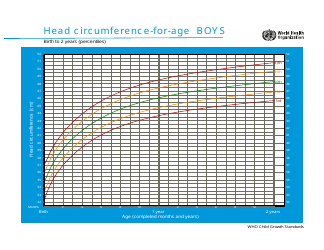Blood Pressure (Bp) Percentile Levels for Boys by Age
Blood pressure percentile levels for boys by age are used to assess whether a boy's blood pressure falls within a normal range for his age. It helps healthcare professionals detect any potential high or low blood pressure levels that may require further attention or monitoring.
The Blood Pressure (BP) percentile levels for boys by age are typically filed by healthcare professionals, such as doctors or nurses.
FAQ
Q: What are blood pressure (BP) percentile levels?
A: Blood pressure (BP) percentile levels indicate where a child's BP falls compared to other children of the same age and gender.
Q: Why is it important to know BP percentile levels?
A: Knowing BP percentile levels can help identify if a child has high or low blood pressure.
Q: What do the percentile levels for boys by age mean?
A: Percentile levels for boys by age indicate the percentage of boys in a specific age group with a lower blood pressure than the measured value.
Q: How are BP percentile levels determined?
A: BP percentile levels for boys by age are determined using data from a large group of boys of various ages, and the measurements are then ranked and divided into percentiles.
Q: What is considered normal BP percentile for boys?
A: A BP percentile between the 10th and 90th percentile is generally considered normal for boys by age.
Q: What does a high BP percentile indicate?
A: A high BP percentile indicates that a child's blood pressure is higher than that of most other boys in the same age group.
Q: What does a low BP percentile indicate?
A: A low BP percentile indicates that a child's blood pressure is lower than that of most other boys in the same age group.





















